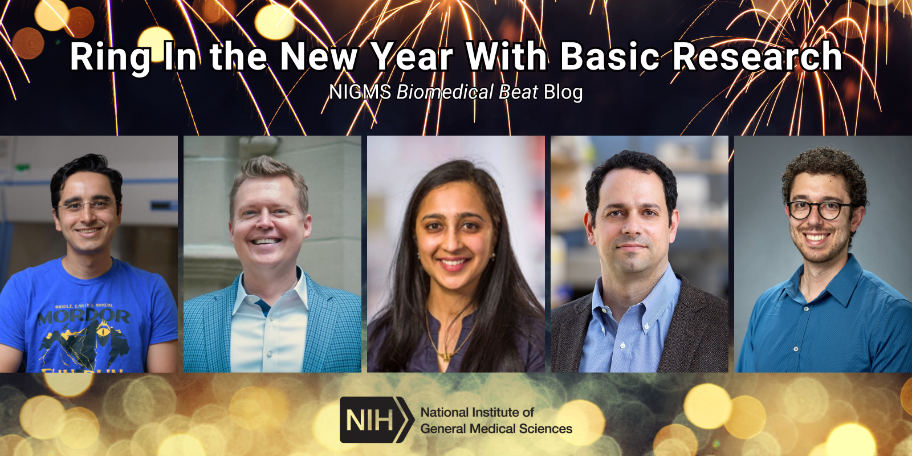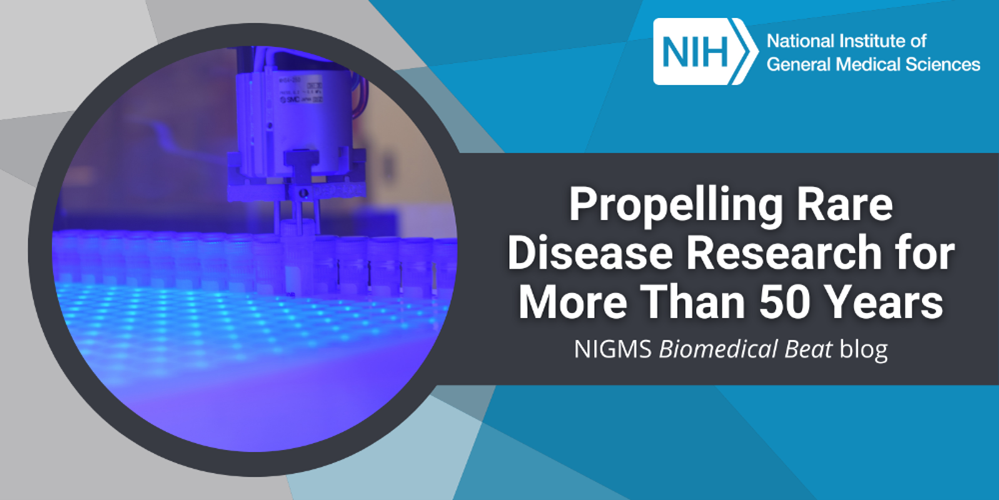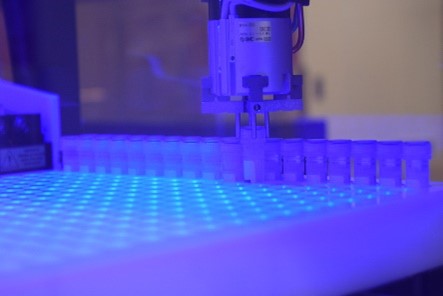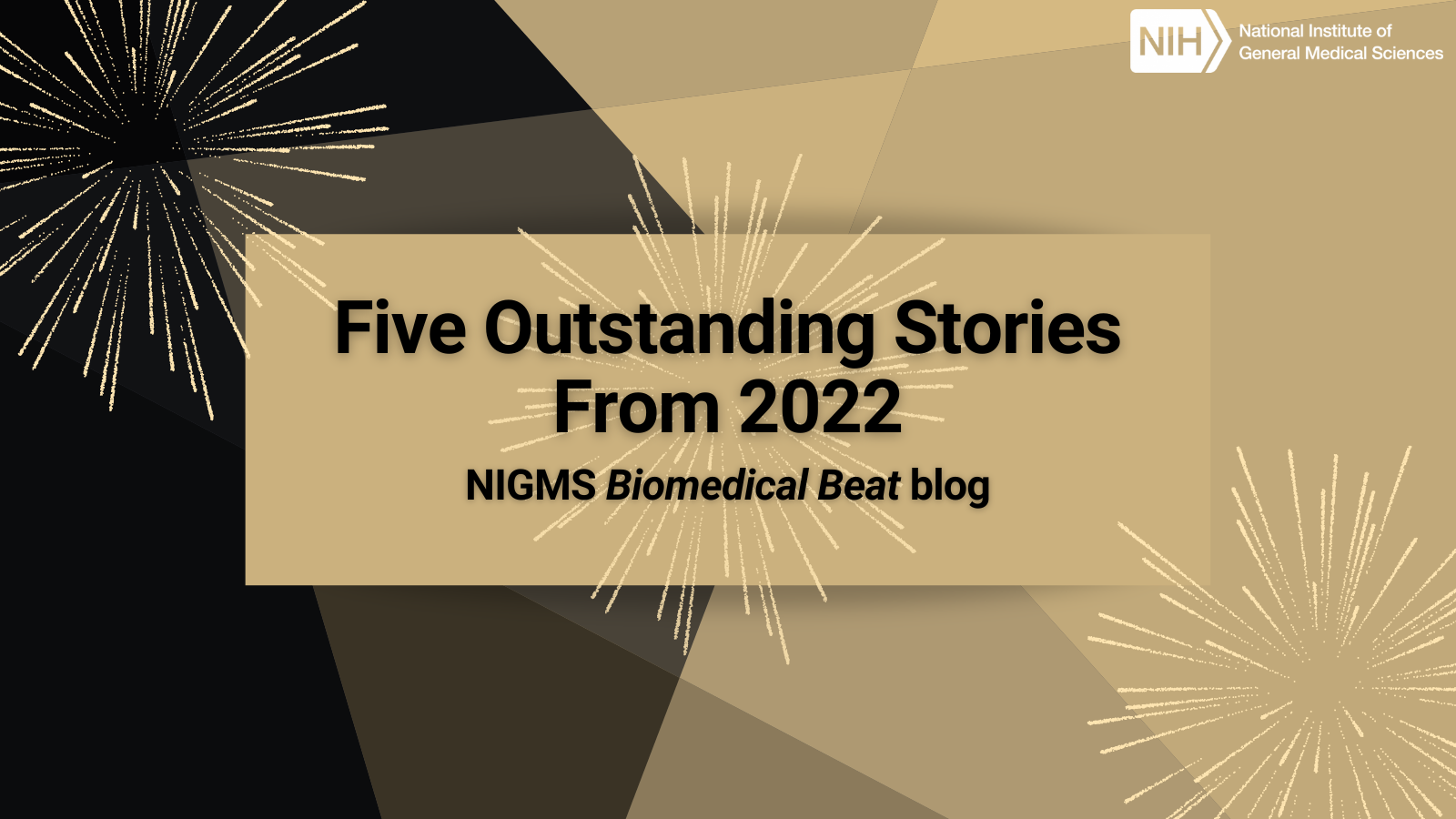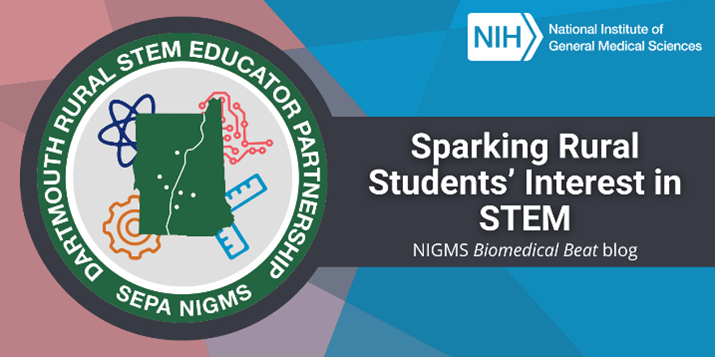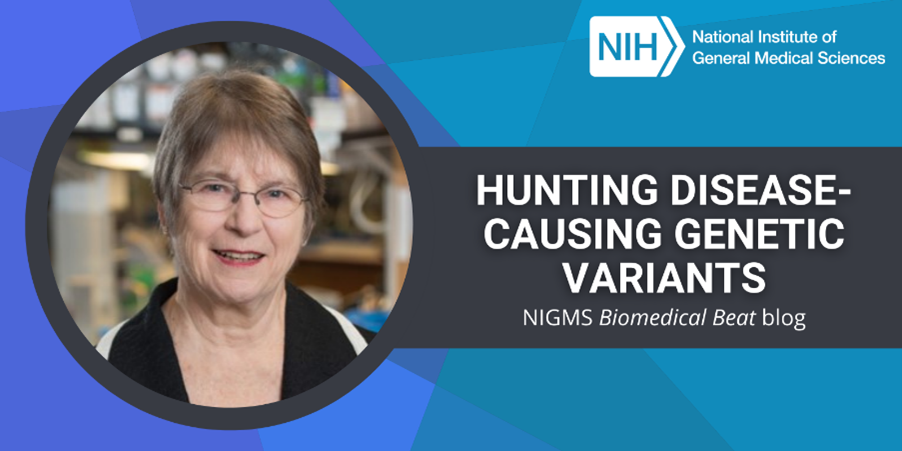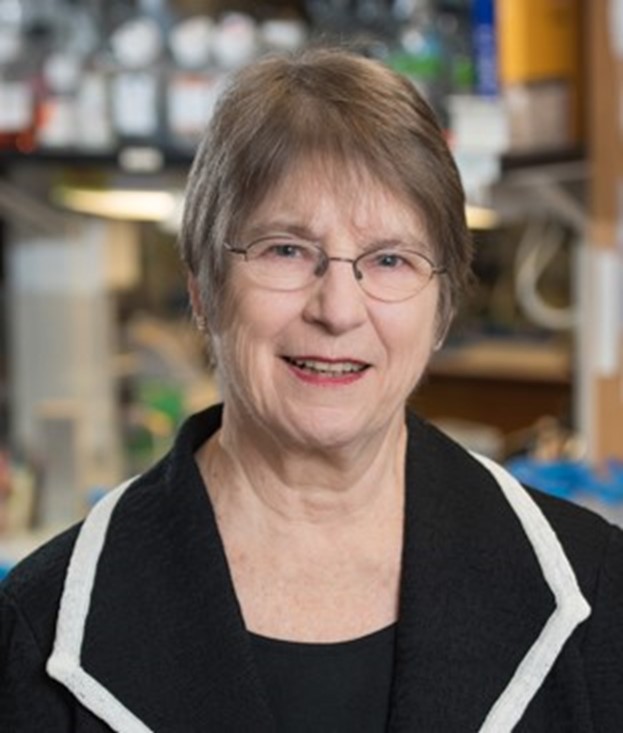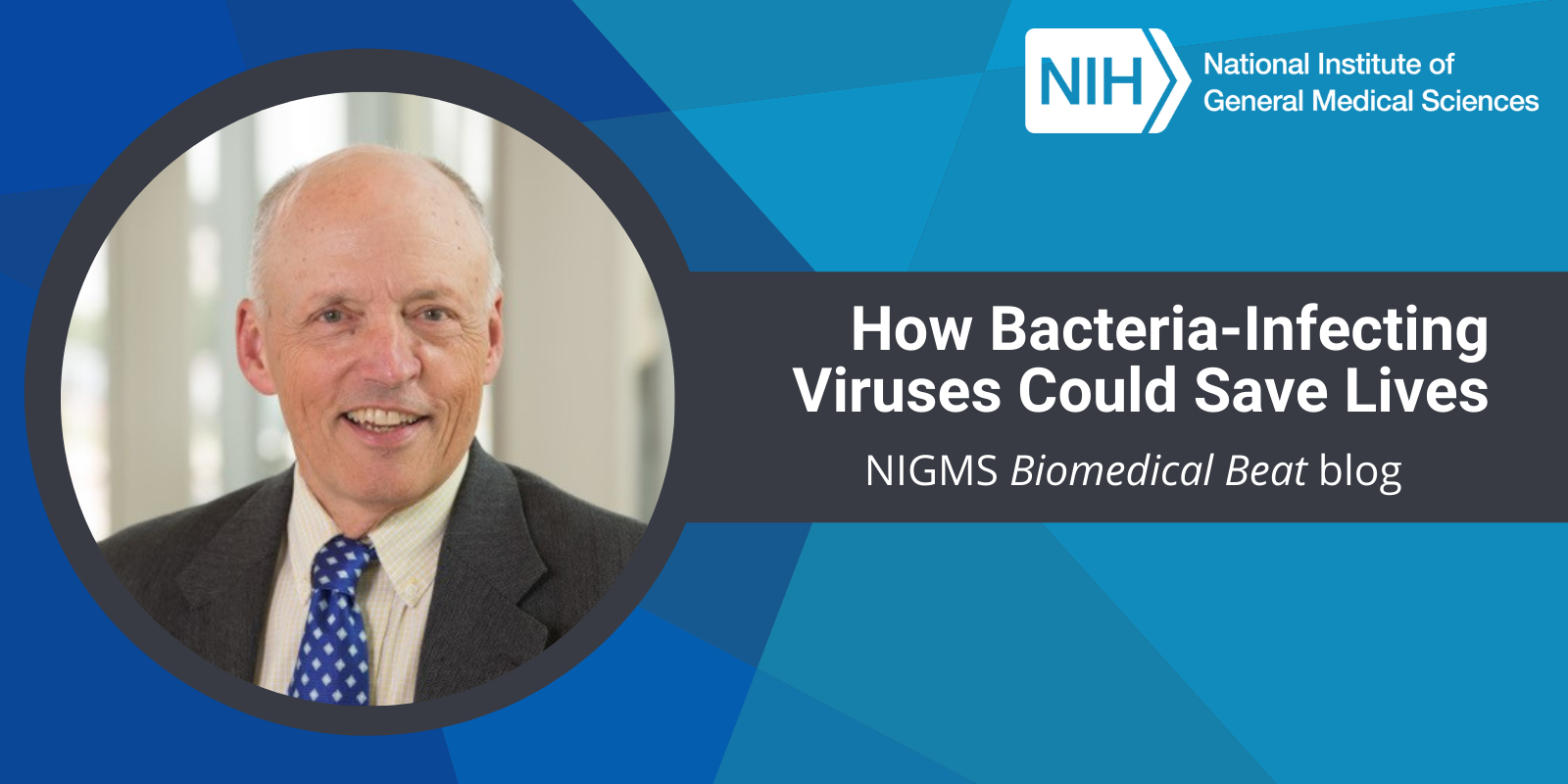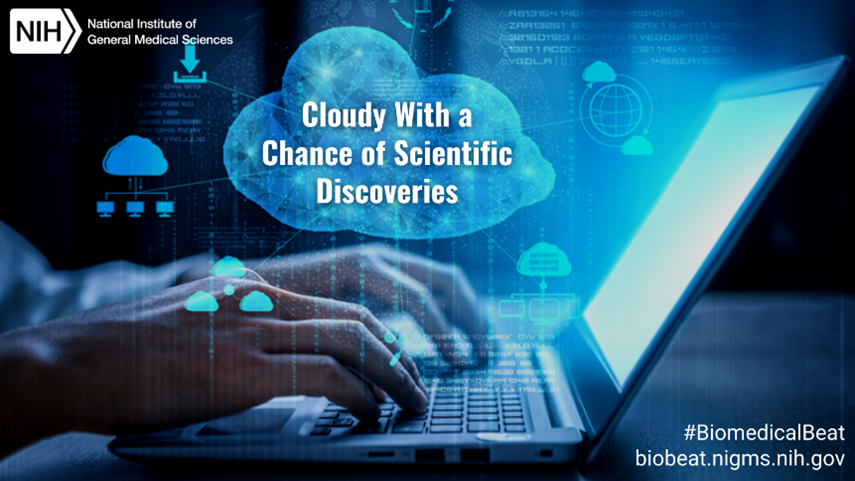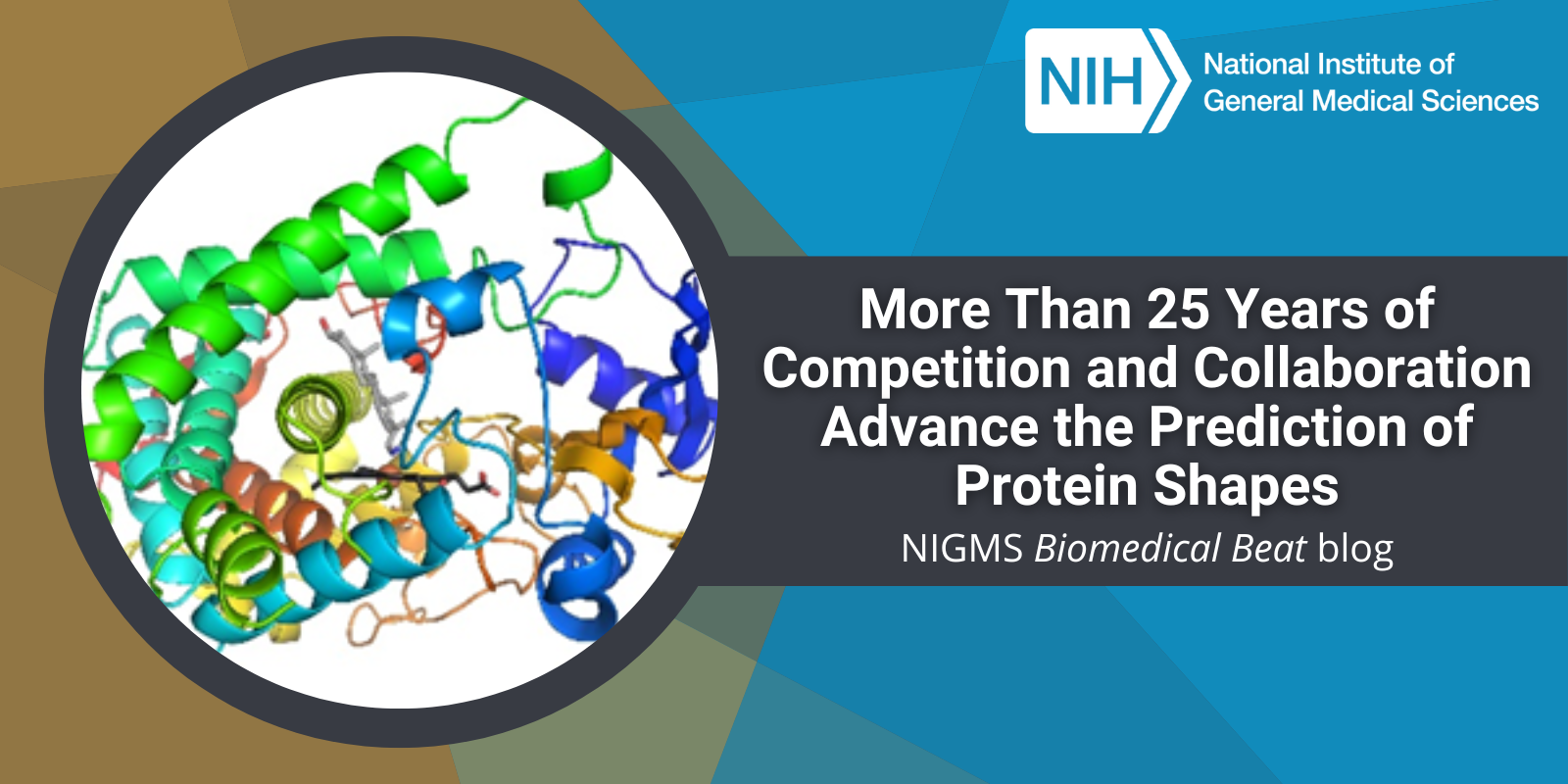Empowering basic biomedical research, which focuses on understanding how living systems work, is one of NIGMS’ main goals. This type of research not only helps us learn how our bodies and those of other organisms function but also lays the foundation for advances in disease diagnosis, treatment, and prevention.
We’re excited to see what the upcoming year has in store for the field! In preparation, we’re highlighting what NIGMS-supported scientists had to say in 2023 about the many merits of basic research. Also check out the links to the Biomedical Beat posts that feature them if you haven’t already.
Continue reading “Ring In the New Year With Basic Research”

